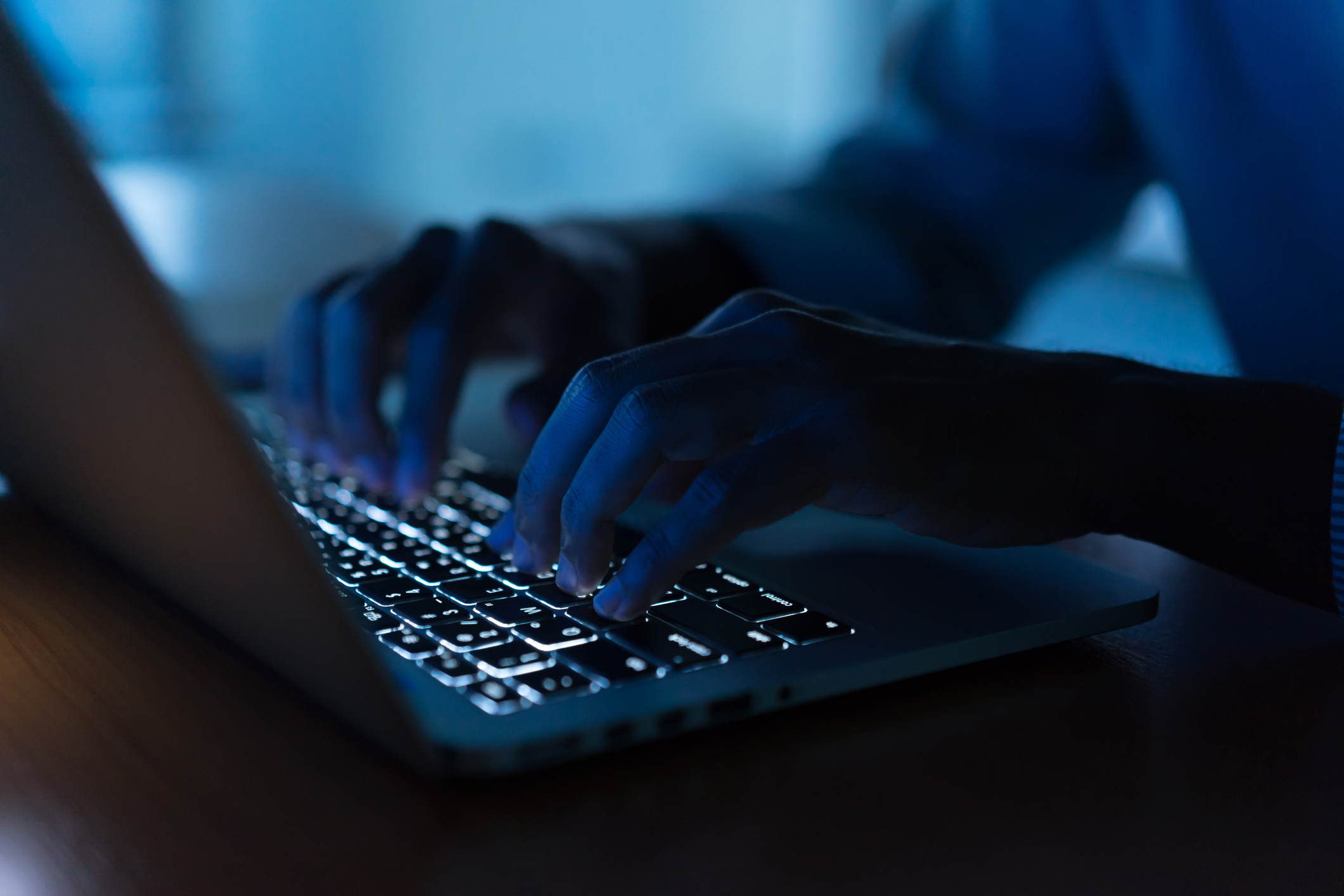Malicious software, known commonly as malware, can harm your system and collect sensitive information. Some of the most common types of malware focus on gathering passwords, deleting files, and damaging your computer. However, protecting yourself from malware is quite simple. Installing an antivirus or antimalware tool is key. Secure browsers like OneLaunch protect your computer from potential malware and harmful sites that aim to infect your system. OneLaunch does this by harnessing the power of Chromium’s Safe Browsing feature.
Types of Malware
There are several types of malware that each operate in unique ways. Most modern malware is a hybrid of two or more of these forms.
Virus: Malware attached to a seemingly harmless document or file. You must first download the infected file and it lays dormant on your computer until you open it. They can then infect other files, interrupting system performance, and damaging your computer.
Worms: Malware that can infect a computer through an infected file or an insecure network connection. Worms rapidly multiply and disperse, causing widespread damage and data loss.
Trojan: Malware that is disguised as a harmless or even helpful program. Can modify, delete, or copy data. Trojans usually spread through social-engineering or other methods of tricking a person into downloading the file. Unlike viruses and worms, trojans don’t infect other files or replicate themselves.
Spyware: Malware that secretly runs on a computer and sends information to a remote user. Rather than focusing on damaging the system, spyware aims to collect personal information or grant access to another user. One of the most common types of spyware is a keylogger, which records keypresses to reveal passwords and other sensitive information.
Ransomware: Malware that discovers personal information and encrypts it, preventing the user from accessing it. The attacker then “ransoms” the user, asking for payment to return access to the encrypted files.
Fileless Malware: Malware that doesn’t use the file system on a computer. Instead, it infects a computer using “non-file” operating system objects like registry keys, scheduled tasks, and APIs. These are among the hardest to discover and remove because they don’t use files.

Protecting Against Malware
If you want to protect yourself against malware, you have several options available to you. Being cautious is one of the best ways to defend yourself. Most forms of malware require you to take an action that downloads a dangerous file onto your computer. By not clicking on pop-ups, opening strange emails, or traveling to insecure sites, you dramatically reduce the risk of a malware attack. You can also protect yourself by using a secure browser, such as OneLaunch alongside an antivirus or antimalware tool. Some of the best antiviruses are Avira, Kaspersky, or Norton 360. A popular antimalware tool is Malwarebytes.
Screening for Malware
Your computer slowing down, applications crashing, your antivirus disabling itself, or windows opening or closing are all potential signs of malware. However, most types of malware are subtle and do their best to remain undetected. You can open your Task Manager using CTRL+SHIFT+ESC to look at programs that are using your system resources. Malware sometimes uses a lot of Memory and Processor power. If anything looks odd, there’s a chance that you have malware.
Ultimately, the easiest and best way to screen your system for malware is to run an antivirus or anti-malware scan. As long as you keep your antivirus up-to-date, it can detect almost every type of malware. Most antiviruses will perform automatic scans regularly to protect you at all times.
Removing Malware
If you suspect your computer has malware, you’ll need to remove it immediately. When an antivirus tool discovers malware, it will quarantine it and give you the option of removal with just the press of a button. In most cases, this is all it takes. However, in rare cases, malware can be a bit more tricky than standard tools can handle. This requires intricate and careful removal using the computer’s Safe Mode. It’s best to take your computer into a reputable computer store for professional removal to ensure complete malware removal.

Conclusion
Malware presents a serious threat. However, it’s quite easy to protect yourself from malware attacks. Practice safe browsing with a secure browser, such as OneLaunch, and you drastically reduce the chance of infection. In combination with a powerful antivirus and due vigilance, these actions will protect your system from almost any threat.










 Share On Twitter
Share On Twitter